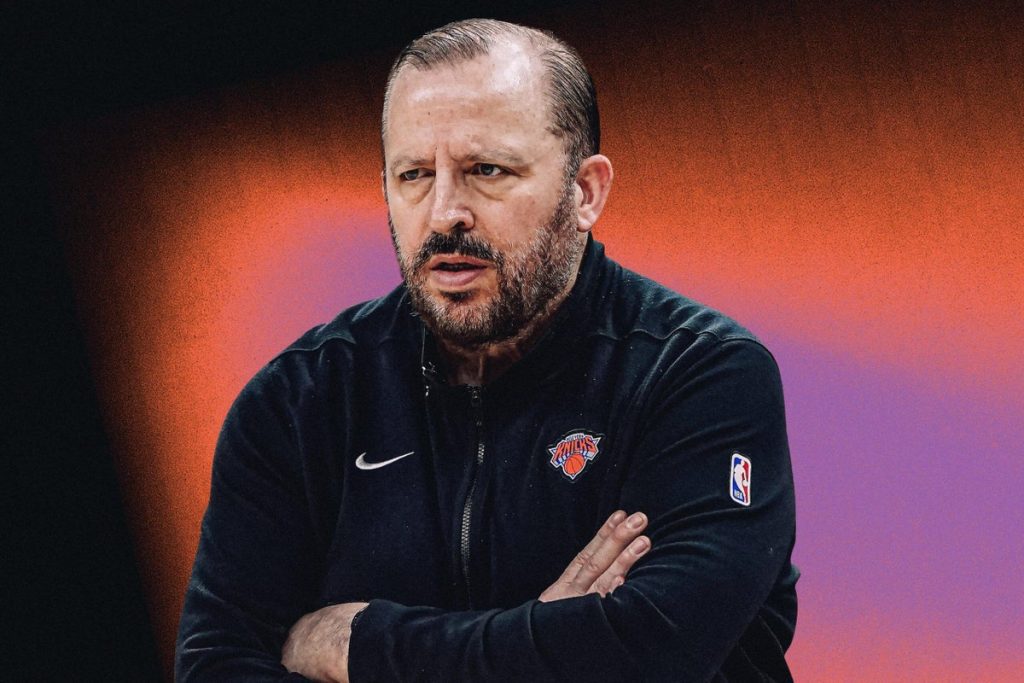Editor’s note: This article is part of Peak, The Athletic’s section focusing on leadership, personal growth, and success through the lens of sports. You can follow Peak here.
Spencer Harrison is a professor specializing in organizational behavior at INSEAD and a culture expert. He is also an avid NBA follower who grew up in Salt Lake City during the John Stockton and Karl Malone era of the Utah Jazz.
In March, I came across a story regarding the New York Knicks. Mikal Bridges, one of their starters, approached coach Tom Thibodeau, requesting a reduction in his minutes due to the physical toll it was taking on him.
“Sometimes it’s not enjoyable for the body,” Bridges noted. However, when Thibodeau addressed the media, he claimed the two had “never had a conversation about it,” which I found particularly revealing.
As a scholar of organizational culture, I perceived Thibodeau’s reaction as indicative of a rigid mindset, suggesting a reluctance to explore alternative options. This resonates with common leadership challenges observed in business environments.
Thibodeau is well-known for heavily relying on his starting players throughout the season while limiting bench play, which has drawn criticism; while his teams generally perform well during regular games, they often face burnout in playoffs due to an underdeveloped bench.
Reflecting on Thibodeau’s stance following his recent dismissal after the Knicks exited the Eastern Conference Finals, I recalled a study by my colleague Pier Vittorio Mannucci, which examined creative teams in the animation industry. Mannucci discovered that teams with diverse skill sets foster greater creativity, allowing for innovative solutions when needed.
In relation to the Knicks’ coaching transition, it’s vital for the next leader to not only recognize the successful culture Thibodeau established but also embrace a learning mindset. A new coach should prioritize understanding what made the team successful and work on leveraging their diverse talents effectively.



